Kookaburra Vet Employment currently has 405 permanent vacancies for vets, and 187 vacancies for vet nurses, in Australia. Filling a vacancy in current market conditions can be time consuming and expensive, and success is not guaranteed. We recently did a couple of short online surveys which provide food for thought for veterinary employers – both vets and vet nurses replied.
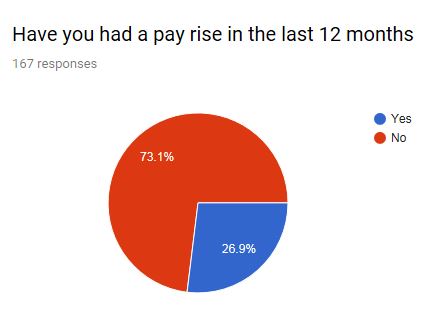
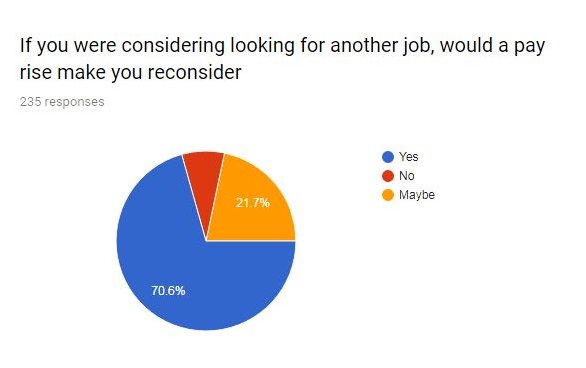
Author:
Wendy Nathan
Kookaburra Veterinary Employment
This information includes the views and opinions of Kookaburra Veterinary Employment and is of a general nature only. Factual information is believed to be correct at the time of writing, however, should not be relied upon and any person should confirm details with the relevant authorities and through their own research prior to acting on any of the suggestions in this article.
27/11/2018 | Wendy
British and overseas trained veterinarians locuming or working in Australia should be aware that the following substances are not permitted for use in food-producing animals in Australia. This may be different from Europe in particular – vets practising small animal medicine should be aware of these restrictions as you may not be able to dispense medicines to hobby farm clients in particular that are in use in Europe (eg. Baytril, Metronidazole):
- carbadox
- chloramphenicol
- clenbuterol (except for tocolysis as per APVMA approved label)
- diethylstilboestrol and related compounds (hexoestrol, dienoestrol)
- fluoroquinolones
- nitrofurans (including furazolidone and nitrofurazone)
- nitroimidazoles (except dimetridazole for use on birds not intended for human consumption and breeders as per APVMA approved label)
- phenylbutazone
- salbutamol
- thyrostats (eg thiouracil)
For more information please visit the Australian Pesticides and Veterinary Medicines Authority website https://apvma.gov.au/node/11626
Author:
Wendy Nathan
Kookaburra Veterinary Employment
November 2017
This information includes the views and opinions of Kookaburra Veterinary Employment and is of a general nature only. Factual information is believed to be correct at the time of writing, however, should not be relied upon and any person should confirm details with the relevant authorities and through their own research prior to acting on any of the suggestions in this article.
09/02/2018 | Wendy
Q fever
Q fever vaccination is recommended for all people who are working in, or intend to work in the veterinary field.
Q fever is caused by Coxiella burnetii, is a serious zoonotic disease in humans with a worldwide distribution. Many species of animals (commonly cattle, sheep, goats but also cats and dogs) are capable of transmitting C. burnetii, and consequently all veterinary staff are potentially at risk. Australia is the only country to have a licensed Q fever vaccine (QVax). Almost all, if not all, Australian veterinary graduates are vaccinated but overseas graduates, veterinary nurses and kennel staff should not be overlooked. The vaccine has been used in Australia for many years however still there are over 600 notifications across Australia annually. For more information visit http://www.health.nsw.gov.au/Infectious/factsheets/Pages/q-fever-veterinary-staff.aspx
Hendra
Overseas Vets working with horses in Australia should be aware of Hendra virus. Hendra virus infection in people can be fatal. http://www.health.nsw.gov.au/Infectious/factsheets/Pages/hendra_virus.aspx
Australian Bat Lyssavirus
ABLV infection can occur after being scratched or bitten by bats in Australia. Only people who have been vaccinated against rabies should handle bats or flying foxes. For more information see http://www.health.nsw.gov.au/infectious/factsheets/pages/rabies-australian-bat-lyssavirus-infection.aspx
Author:
Wendy Nathan
Kookaburra Veterinary Employment
November 2017
This information includes the views and opinions of Kookaburra Veterinary Employment and is of a general nature only. Factual information is believed to be correct at the time of writing, however, should not be relied upon and any person should confirm details with the relevant authorities and through their own research prior to acting on any of the suggestions in this article.
28/11/2017 | Wendy
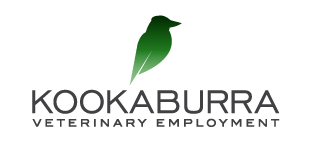 Some of the most common questions that we get asked at Kookaburra Vets relate to Salary levels. Thanks to all the vets who participated in our survey – the more vets who reply, the more useful this information is. We hope that in future years more of you will take the small amount of time required to complete our survey. We asked for full time annual salary range not including Super.
Some of the most common questions that we get asked at Kookaburra Vets relate to Salary levels. Thanks to all the vets who participated in our survey – the more vets who reply, the more useful this information is. We hope that in future years more of you will take the small amount of time required to complete our survey. We asked for full time annual salary range not including Super.
Minimum pay rates and conditions are set in the Animal Care and Veterinary Services Award, which you can find using Google, or at https://www.fwc.gov.au/documents/documents/modern_awards/award/ma000118/default.htm
Thank you to everyone who also submitted ideas for collection of other information for future surveys.
2016 Survey Results
Results
( 336 Respondents)
Full Time Salaries – All Types of Practice
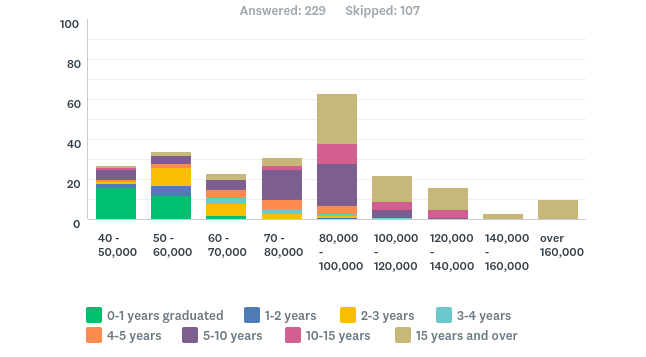
Locum Rates
Hourly rates for locums and casual vets. There was no statistical difference between vets working in mixed, equine and small animal practice. Rates below $30 an hour were excluded as likely to be permanent part time rates.
| 2017 Results
Total Number of Responses 70
Average rate (mean) $56.23
Minimum $35
Maximum $80
Median $55 |
2016 Results
Total Number of Responses 79
Average rate (mean) $53.40
Minimum $33
Maximum $75
Median $55 |
Experience Range of Locum Vets:
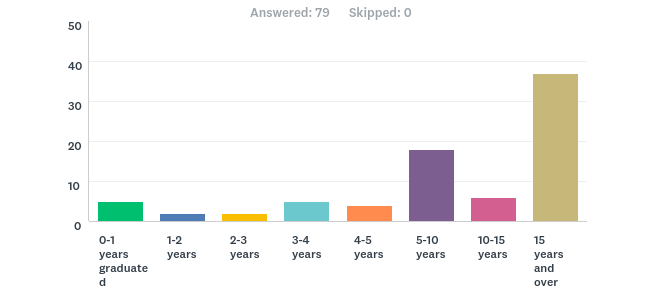
Full Time Salaries – Small Animal Practice
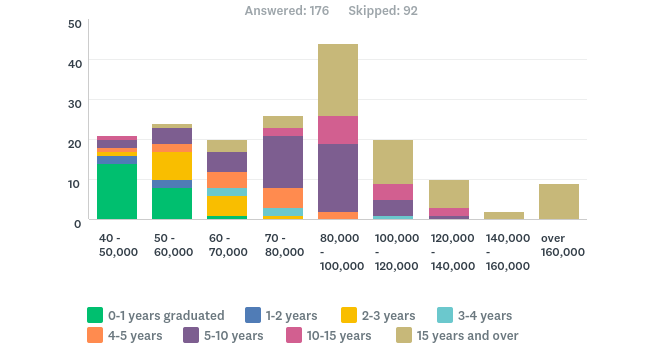
Full Time Salaries – Mixed Practice
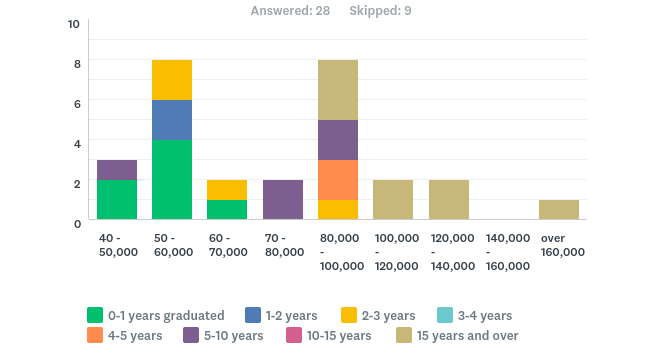
Full Time Salaries – Equine Practice
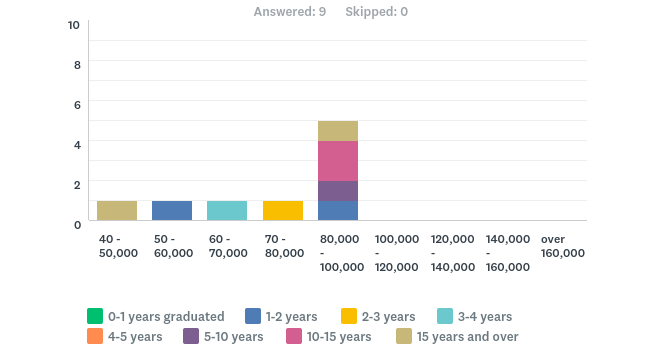
Full Time Salaries – Industry and Non-General Practice
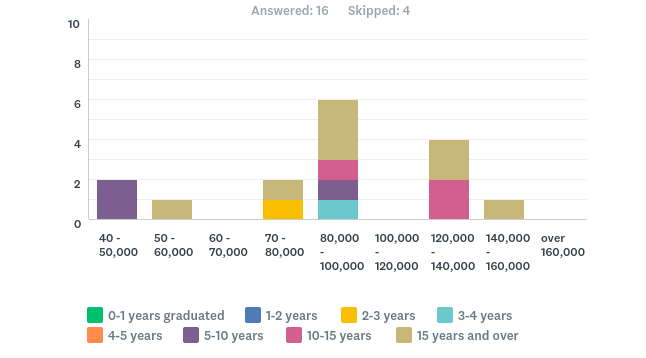
Male vs Female Salaries
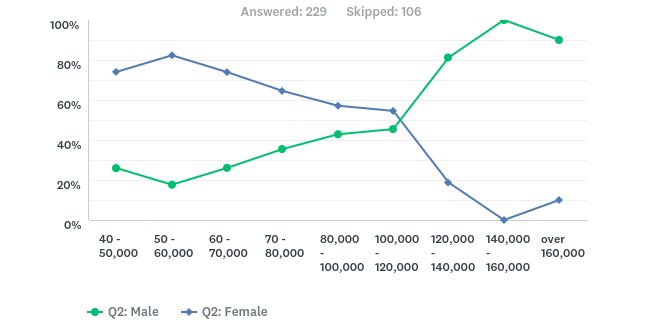
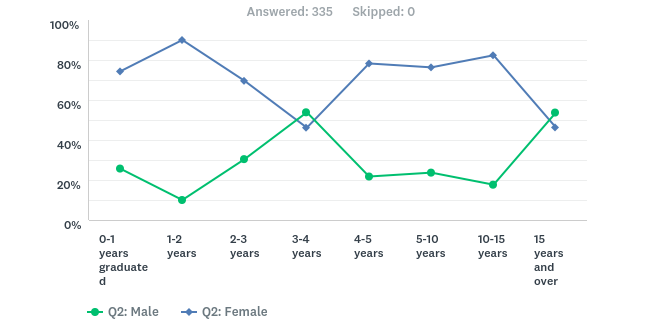
Future Plans
Associates – Current Job Classification
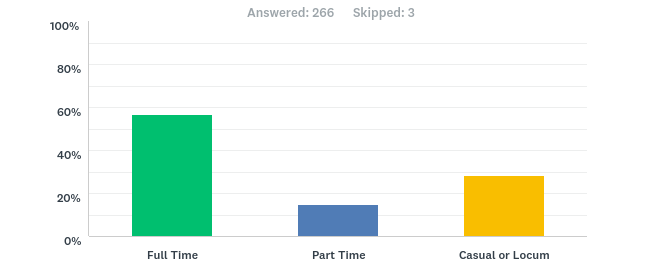
Where Do Associates Plan to be in 5 years’ time?
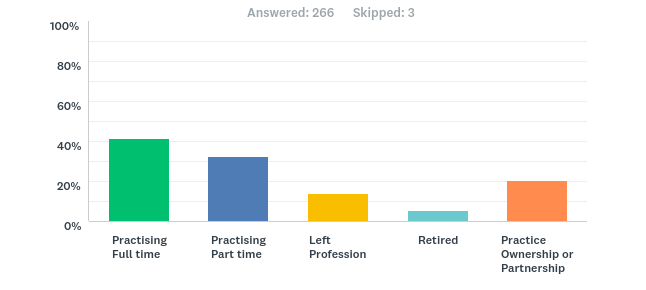
Practice Owners – Current Job Classification
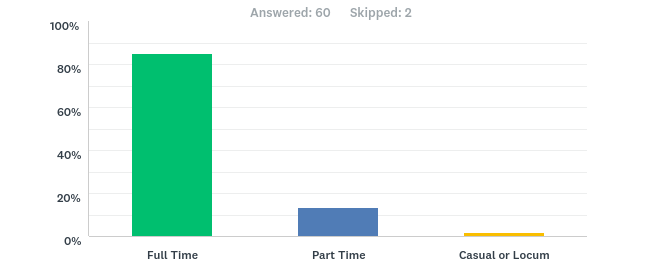
Where Do Practice Owners Plan to be in 5 years’ time?
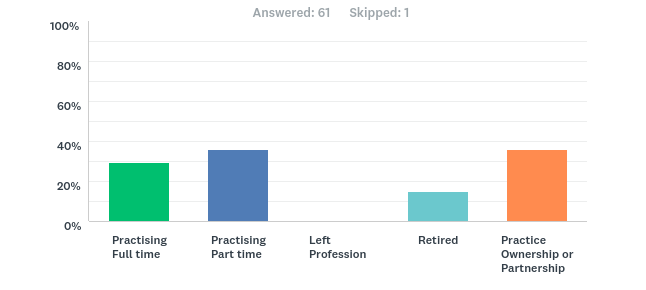
© Copyright Kookaburra Veterinary Employment
24th July 2017

24/07/2017 | Wendy




 Some of the most common questions that we get asked at Kookaburra Vets relate to Salary levels. Thanks to all the vets who participated in our survey – the more vets who reply, the more useful this information is. We hope that in future years more of you will take the small amount of time required to complete our survey. We asked for full time annual salary range not including Super.
Some of the most common questions that we get asked at Kookaburra Vets relate to Salary levels. Thanks to all the vets who participated in our survey – the more vets who reply, the more useful this information is. We hope that in future years more of you will take the small amount of time required to complete our survey. We asked for full time annual salary range not including Super.











